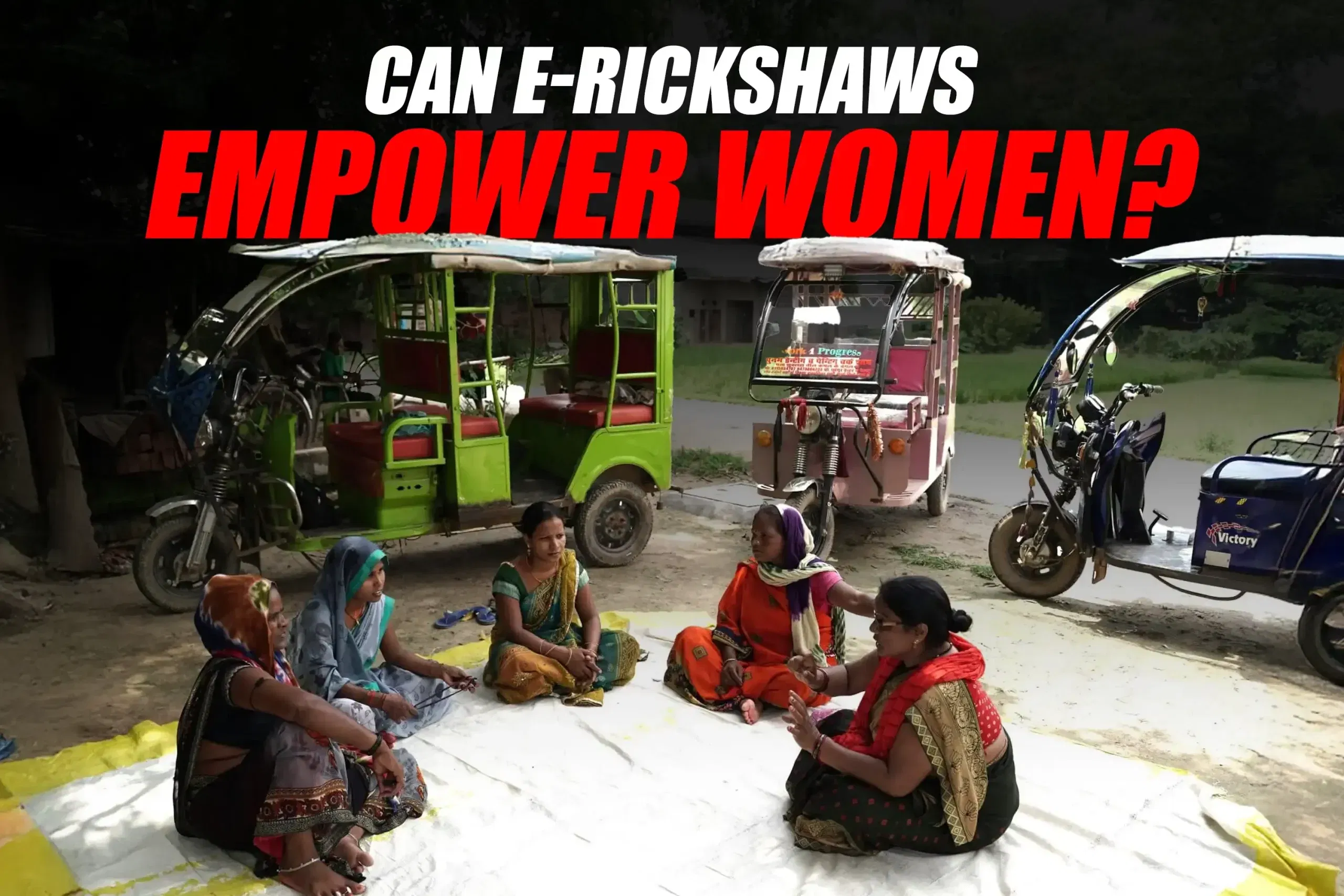India's urban transportation sector is undergoing swift change. E-rickshaws have become increasingly popular for short-distance transportation. They minimize pollution, reduce expenses and enhance last-mile connectivity. However, women participate minimally in this sector. The e-rickshaw revolution can bring empowerment to women, but it will need special support to make it gender-friendly.
Barriers for Women Drivers
Women experience a variety of barriers in their entry into the e-rickshaw industry. The foremost barrier is financial. While the government provides subsidies, e-rickshaws are nonetheless expensive upfront. The process of accessing loans is difficult and access to subsidies is unknown to everyone. Safety is another barrier. Overcrowded streets, dark parking lots and unmonitored charging stations present dangers for women. There are also social barriers. Driving is seen and treated as a man's job. Women are sometimes discouraged from this profession by families and the society.
Opportunities in the E-Rickshaw Sector
There are opportunities despite the barriers. E-rickshaw-driving should be feasible for women since it doesn't require much physical activity. Flexible hours allow women the chance to work while managing other responsibilities as well. Non-profits, like the Purple E-Auto initiative in Delhi, are providing women with the opportunity to own their electric vehicle and to engage in clean mobility living. If women are given access to subsidies and training, it would increase participation as well. Research from CEEW found women only comprise 0.03% of India's transport sector. Greater inclusion would be beneficial for women and society as a whole.
Important Initiatives to Encourage Gender-Friendly E-Rickshaws
1. Financial Incentives and Subsidies
Interest-free credit and streamlined application processes can lower entry costs. Financial literacy schemes can facilitate access to available funds for women.
2. Safety and Infrastructure
Improved lighting in parking spots, GPS vehicle tracking and protected charging points enhance safety. Helplines and emergency response systems add to safety features. These ensure safe driving as a valid and secure career for women.
3. Training and Skill Development
Systematic programs should educate driving, maintenance, battery care and customer handling. Workshops in the neighborhood and collaboration with NGOs can increase the outreach. Training motivates women and makes the operation efficient.
4. Social and Cultural Awareness
Campaigns feature women driving successfully and break stereotypes. Role models stimulate other women's ambitions to drive. When others see successful women in the community, they gain awareness of the more systemic issues.
Socio-Economic Benefits
Women's involvement enhances the economic well-being of households. Empowerment boosts self-confidence and decision-making authority. Female drivers tend to offer careful and professional service. Increased use of e-rickshaws helps maintain cleaner cities. Gender-diverse transport builds a stronger economy, society and environment.
For more articles and news, stay updated with 91trucks. Subscribe to our YouTube channel and follow us on Facebook, Instagram and LinkedIn for the latest videos and updates from the automotive world!
Related Stories:
Sensorise Takes Over LocoNav India Op, Launches Eagle.ai for Smarter Fleet Management
From Uttar Pradesh to West Bengal: 5 States with Maximum E-Rickshaws
Web Stories
Latest Three Wheelers News
Categories
91trucks is a rapidly growing digital platform that offers the latest updates and comprehensive information about the commercial vehicle industry.










